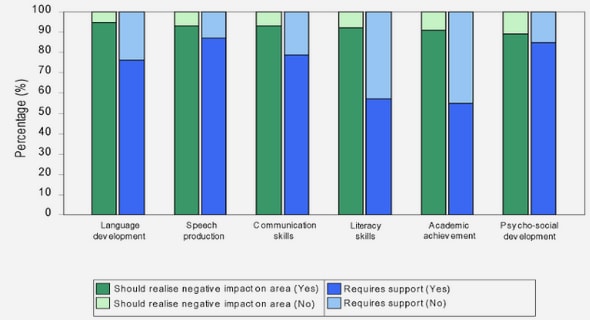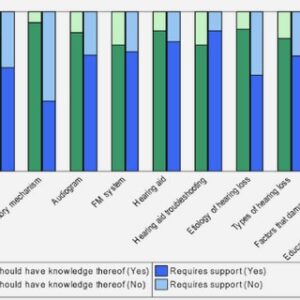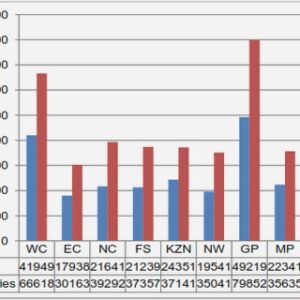(Downloads - 0)
For more info about our services contact : help@bestpfe.com
Table of contents
Chapter 1. State of the art
1.1 Erosion in hydraulic structures
1.1.1 Context
1.1.1.1 Erosion at the scale of the structure
1.1.1.2 Estimation of soil erodibility
1.1.1.3 Erosion parameters
1.1.2 HET and JET erosion tests
1.1.2.1 The Hole Erosion Test
1.1.2.2 The Jet Erosion Test
1.1.3 Erosion laws
1.1.3.1 Rate of soil removal
1.1.3.2 Determination of critical shear stress
1.1.3.3 Correlation of erosion coefficient and critical shear stress
1.2 Numerical modelling of erosion
1.2.1 Context
1.2.1.1 Erosion of granular soils and cohesive soils
1.2.1.2 Different approaches to model interfaces
1.2.2 Biphasic and triphasic models
1.2.2.1 The approach of Papamichos and Vardoulakis (2005)
1.2.2.2 The approach of Ouriemi et al. 2009
1.2.3 Singular interface
1.3 Conclusions on the state of the art
Chapter 2. Modelling method
2.1 Hypotheses
2.1.1 Single phase modelling and slow erosion kinetics
2.1.2 Analysis of orders of magnitude
2.2 Flow modelling
2.2.1 RANS modelling and the closure problem
2.2.1.1 Navier-Stokes Equations
2.2.1.2 Resolution by DNS or LES
2.2.1.3 Choice of RANS models
2.2.2 Turbulence models
2.2.2.1 Eddy viscosity models
2.2.2.2 Reynolds Stress Model
2.3 Erosion modelling
2.3.1 Classical erosion law
2.3.1.1 Definition of the eroded mass flux
2.3.1.2 Shear stress
2.3.2 The standard erosion law adapted to impinging jets
2.3.2.1 Geometric singularity induced by the erosion law
2.3.2.2 Smoothing of the non eroded soil peak
2.3.2.3 Adaptation of the erosion law
2.4 Numerical model
2.4.1 Global numerical method
2.4.2 Flow discretization
2.4.2.1 Solution of Navier-Stokes equations
2.4.2.2 Wall laws
2.4.2.3 Taking roughness into account
2.4.3 Updating the position of the interface
2.4.3.1 Interface displacement code
2.4.3.2 Remeshing
2.5 Conclusions on the modelling method
Chapter 3. Results obtained on impinging flows
3.1 Independency of results regarding mesh density and turbulence models
3.1.1 Independency of results in relation to the meshing
3.1.2 Influence of the turbulence model
3.2 Erosion modelling
3.2.1 Comparison of results of the semi-empirical model
3.2.2 Study of the sensitivity of the model to erosion parameters
3.2.3 Discussion
3.3 Validation of the JET interpretation model
3.3.1 Characterization of the soils tested
3.3.2 JET modelling results
3.3.3 Discussion
3.4 Conclusions on the application to jet flows
Chapter 4. Results obtained on tangential flows
4.1 Validation of the numerical model in a 2D Poiseuille flow configuration
4.1.1 Theoretical solution
4.1.2 Numerical results
4.2 Concentrated leak erosion in turbulent flow
4.2.1 Independence from meshing and turbulence models
4.2.1.1 Independence of results from mesh density
4.2.1.2 Influence of the turbulence model
4.2.2 Results with erosion
4.2.3 Study of the model’s sensitivity to erosion parameters
4.2.4 Discussion
4.3 Modelling the HETs
4.3.1 Characterisation of the soils modelled
4.3.2 HET modelling results
4.3.3 Discussion
4.4 Conclusions of the application to piping flows
Chapter 5. Study of the erosion law
5.1 Differences between JET and HET for erosion parameters
5.1.1 Experimental and literature data
5.1.2 Dispersion of results
5.1.3 Influence of flow parameters
5.2 Variables susceptible to influence erosion
5.2.1 Possible explanations for JET and HET differences?
5.2.2 Flow signature
5.2.2.1 Stresses and forces exerted by the flow on the plane
5.2.2.2 Pressure gradient
5.2.2.3 Turbulence variables
5.2.3 Flow variables susceptible to influence erosion
5.3 Paths for developing the erosion law
5.3.1 Flow variables of the JET and HETs
5.3.2 Taking fluctuations into account in the stagnation region
5.3.3 Taking into account the pressure gradient in the erosion law
5.4 Conclusions on the study of the erosion law
Conclusion
Outlook for further research
References



